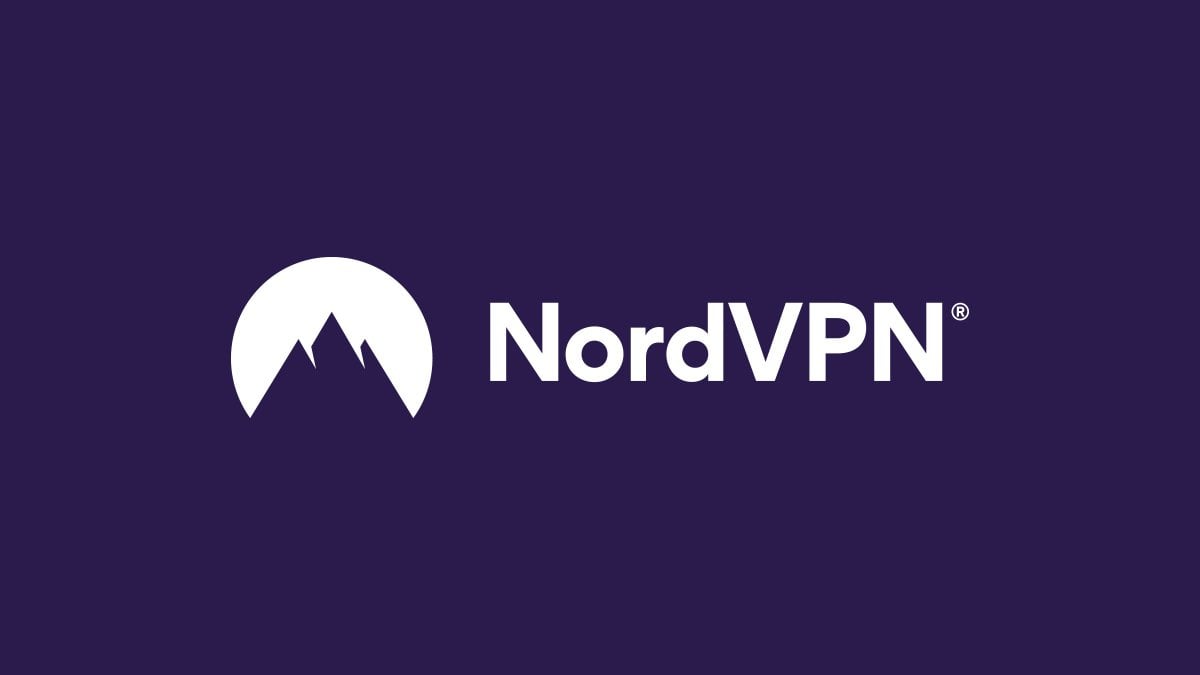Anonymous proxy: What it is, types, and purpose
While no single tool will make a user completely anonymous online, one comes close. The anonymous proxy stands between you as a user and the websites you visit. This proxy server protects your identity from scammers, helps you avoid targeted content, and allows access to geo-specific content while you are outside of your home country. In this article, we’ll look at what these proxies are, the different available types, and how they improve the user experience on the internet.
Table of Contents
Table of Contents
What is an anonymous proxy service?
An anonymous proxy server or anonymizer is a proxy server that acts as a privacy shield. When you connect to a website, it is an intermediary between your device and the destination server you access.
An anonymous proxy server communicates with the target server on your behalf. It removes your personal information from your requests and then forwards them to the target server. In this way, the anonymizer looks to the target server as the source of any requests, and that’s how it protects your IP address from being detected.
What is the purpose of anonymous proxies?
By removing the end-user information from requests they send to servers, anonymous proxies are seen as the requestor instead of your device. This process makes anonymous proxies incredibly useful for many purposes, including:
- Protecting user identity: A user might want to hide their identity online for various reasons. These range from individuals seeking identity theft protection to corporations wanting to check out their competition anonymously. Anonymous proxies typically remove a user’s real IP address and replace it with the proxy’s IP.
- Avoiding censorship: By confusing the origin of requests sent to servers, anonymizers can circumvent roadblocks designed to censor internet use in some countries. This can help to create a more accessible internet.
- Accessing home content: An anonymous proxy can help a user gain access to their home content that could otherwise be blocked in their specific location.
- Avoiding targeted content: You could be served specific targeted content based on your IP address. An anonymizer can enable you to receive balanced and untargeted content.
Types of anonymous proxies
Anonymous proxies come in different types with different advantages and levels of anonymity. Depending on your purpose for using one, you can consider their characteristics and choose the proxy best suited to your needs.
Three main types of proxies are:
- Elite proxies: An elite proxy is a highly anonymous proxy that can hide user connection data from destination servers to protect the user’s identity. They also hide that they are proxies by changing or removing various information fields in the HTTP response/request header.
- Anonymous proxies: Anonymous proxies remove the user’s connection information and replace it with fake information. However, they still include the Via” field, letting destination servers know they are anonymous proxies.
- Transparent proxies: While a transparent proxy can speed up your internet experience through caching, it’s not anonymous. A transparent proxy will both reveal that it is a proxy by including its IP address in the Via” field and showing the user’s real IP address in the X-forwarded-For field of the HTTP header.
Anonymizers can also be categorized based on their support for specific internet protocols or handling specific types of internet traffic. Other different anonymous proxies are protocol independent.
Protocol-specific anonymizers
- HTTP: An HTTP proxy can hide a user’s real IP address.
- HTTPS: HTTPS proxies can change a user’s IP address and ensure that their connection is properly secured with a TLS encryption.
- FTP: An FTP proxy is primarily used for transferring files safely across the internet without revealing the sender’s IP.
- SOCKS: A SOCKS proxy routes data using the fast and efficient SOCKS protocol. While SOCKS proxies can handle more than just web traffic, they’re slower than HTTP proxies due to higher loads. A SOCKS 5 proxy uses the latest version of this protocol to spoof your address and hide your IP.
- IRC: An IRC anonymous proxy server enables live chat through the Internet Relay Chat protocol.
Protocol-independent anonymizers
- Proxy chains: Using a series of proxy servers in sequence, proxy chains obfuscate the original user’s real IP address, making it nearly impossible to discover. However, proxy chains, unlike VPNs, don’t use encryption to protect traffic.
- Mix networks: Mix networks take proxy chains further by shuffling messages from different senders and sending them out randomly to make them harder to trace.
- VPN (virtual private network): A VPN can be considered a type of protocol-independent proxy server. However, there are key VPN and proxy differences. A VPN can be used to handle all communication from a user’s device by directing it all through a tunnel. Like proxy servers, VPNs remove user data and send anonymous requests to the target server. However, they also encrypt data to and from the user for extra protection.
Benefits of anonymous proxies
While they can’t ensure total anonymity and security for users, there are still several benefits to using anonymous proxy servers. These include:
- Privacy: By spoofing your IP, an anonymous proxy can keep your online activity more private.
- Enhanced security: Depending on their configuration, anonymous proxies may screen incoming traffic for malicious software.
- Improved performance: Protocol-specific proxies like HTTP can speed up connections by caching commonly visited websites.
Drawbacks of anonymous proxies
At the same time, anonymous proxies come with their limitations as well as their advantages. Some of the drawbacks to using anonymizers include:
- Performance issues: Network compatibility issues may occur between your network and the proxy provider that can cause errors.
- Limited effectiveness: While anonymous proxy services can hide your IP, they don’t use encryption to protect your data from the prying eyes of third parties.
- Reliability concerns: Some proxies may be slow and provide unstable connections. Proxies can also be blocked by some web services.
- Security concerns:The proxy itself intercepts all communications, and if it is hacked, your sensitive online traffic could be compromised. Another concern is that malicious actors can infect your computer with malware, like a proxy trojan, which would turn your computer into a proxy and possibly leave you liable for its misuse.
- Legal and ethical considerations: The use of anonymous browsing proxy servers is banned in some countries, such as China and North Korea.
Selecting the right anonymous proxy service
Free anonymous proxies exist but are generally unreliable and not secure. It’s better to choose a paid service from a well-reviewed provider. These factors can help you in your choice:
- Proxy type
- Compatibility with your network and devices
- Speed
- Level of anonymity
- Number of IP addresses available
- Your budget and the price of the service
How to set up an anonymous proxy
If you want to set up an anonymous proxy on your device, you can do so in a few quick steps. Once you subscribe to a proxy service, your provider will send you the proxy server address and port for setup. Setup may vary on different devices but normally follows this procedure:
- Windows: Open “Settings” > “Network & internet” > “Proxy.” Enter the proxy server address and port.
- MacOS: Start with “System settings” > “Wi-Fi” > “Details…” > “Proxies.” In “Proxies,” select your proxy type and enter the proxy server address and port.
- Linux: Configure your proxy settings using your network manager tools or network configuration files. Find specific instructions in your distribution’s documentation.
- Mobile devices (iOS/Android): Proxy settings can be found in your Wi-Fi or network settings. Go into your Wi-Fi network and enter the proxy server address and port. For example, for iOS you should press the “i” icon on the network you want to configure a proxy for > “Configure proxy” > “Manual” > enter “Server” and “Port” number.
FAQ
Want to read more like this?
Get the latest news and tips from NordVPN.

